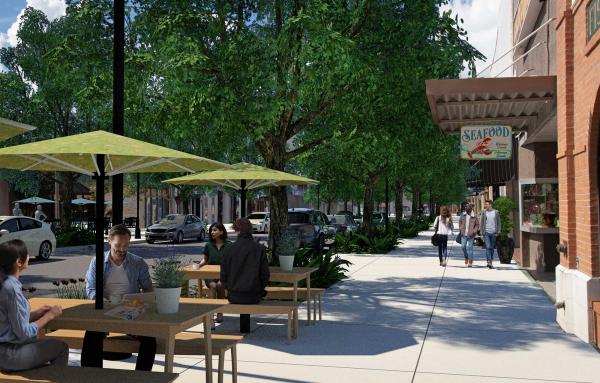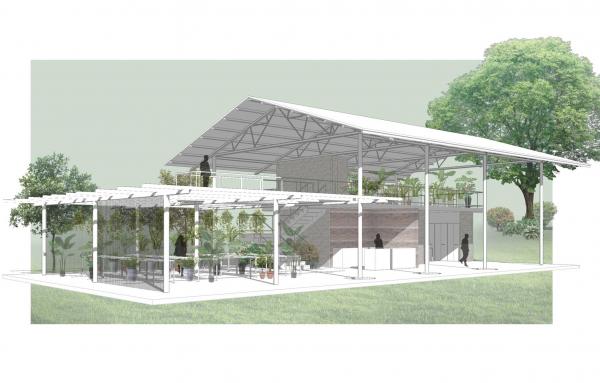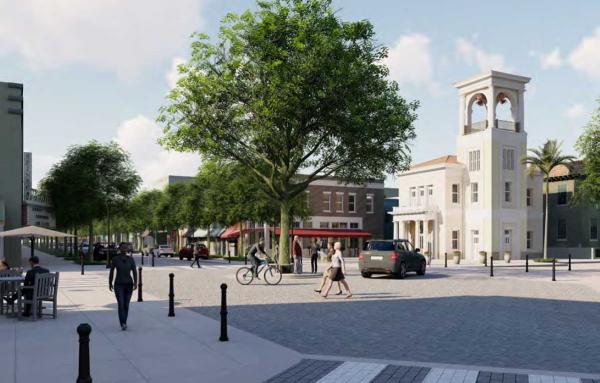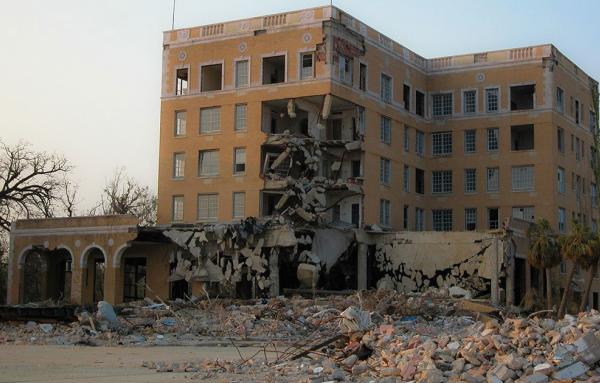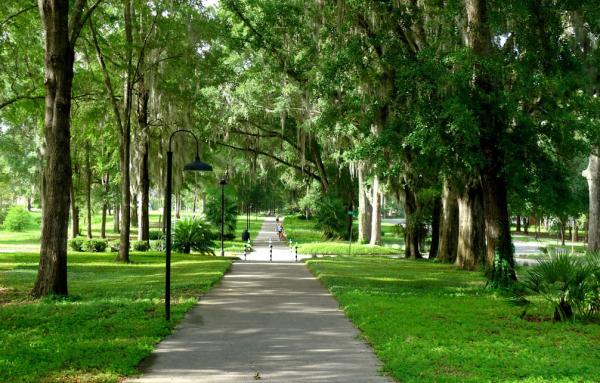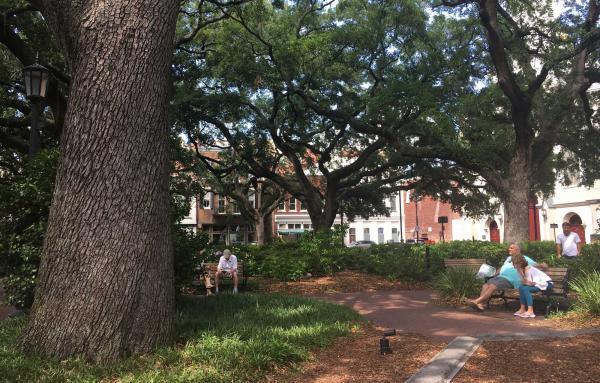Sustainability
After being hit by a Category 5 storm in the fall of 2018, Panama City, Florida, is following a vision to rebuild better than before. The plan won a 2020 CNU Charter Award in the Neighborhood, District, and Corridor category for Dover, Kohl &...
The Center of Territorial Intelligence in Biodiversity in Curridabat, Costa Rica, is a model for studying climate change on an urban environment. The project won a 2020 CNU Charter Award in the Emerging Projects category for Tandem Arquitectura.
The Florida Panhandle city survived Category 5 Michael with most of the downtown intact—the plan looks to a more resilient future in the face of potential sea level rise.
In the wake of Hurricane Dorian, which destroyed much that was good in The Bahamas, it is worth reviewing the lessons from recent natural disasters on how to build to last and recover local culture and economies.
If The Bahamas rebuilds using the wisdom hard-earned on these islands over time, then the disaster of Dorian can result in a renewal of the places and buildings that have made The Bahamas world-famous, and have long driven the economy.
Linear greenways, through and bordering neighborhoods, are crucial design features of the most livable new urban communities. Here are examples of why and how they should be incorporated.
Traditional urbanism is the livable and sustainable alternative to what is being promised in breathtaking futuristic renderings of glass and steel structures.
Building Places People Love is important for sustainable communities—urbanists should embrace the aesthetic eclecticism that is responsible for many of the cities we admire today.
More than just a utility, Louisville Water Company Is a Civic Treasure.
After 12 days of walking the Portuguese Camino, the importance of many urban planning and development concepts—from the urban-to-rural Transect to balanced growth—became abundantly clear.
Cities offer breakthrough potential for immediate and effective action on the impacts of greenhouse gas emissions and a hotter world, according to a new book, The Urban Fix.
Let’s embrace and empower the collective skill in producing beautiful and well-adapted habitat, which is evident throughout human history.
